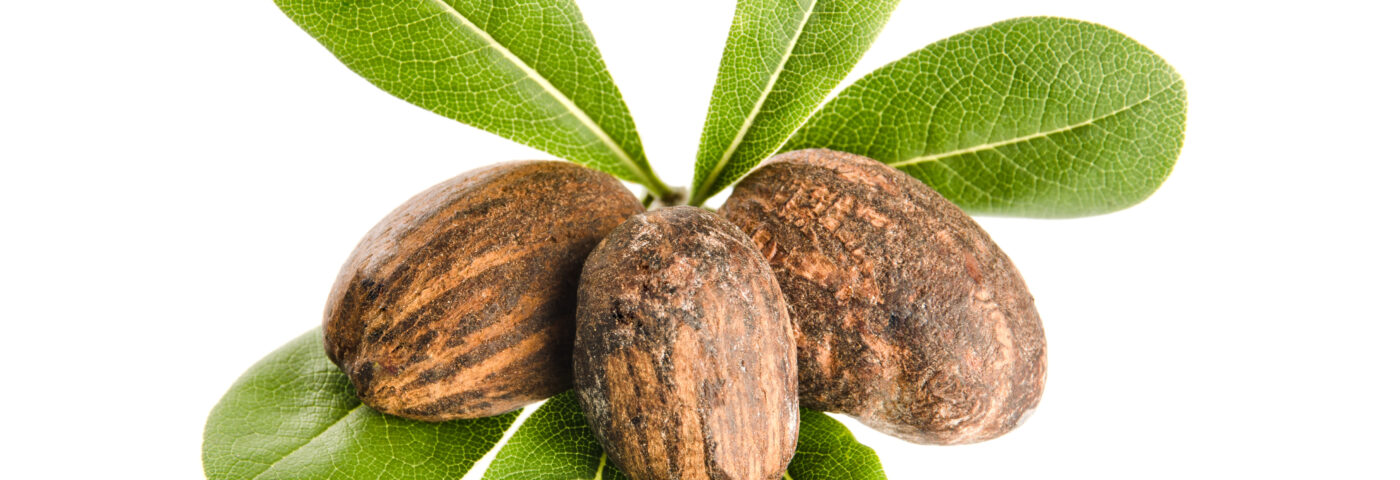Despite its abundance of local herbs, Thailand imports 90% of its personal care ingredients.*
Thailand’s heavy reliance on imported personal care ingredients
According to Science Direct, despite its rich biodiversity and abundance of local herbs, Thailand imports approximately 90% of its personal care ingredients. But why? From the country’s reliance on beauty and personal care regulations, technological limitations, consumer choices and supply chain challenges, understanding these factors is crucial.
Let’s find out more…
Processing and refinement challenges
While Thailand is home to a vast array of medicinal and aromatic plants such as lemongrass, turmeric, pandan, and tamarind, it lacks the advanced infrastructure required to process these ingredients into high-quality cosmetic-grade extracts.
As a rule, global cosmetic formulations often demand standardized active ingredients with exact concentrations, purity, and stability, in many cases requirements that prove a challenge for Thailand’s raw ingredient processing industry.
With the trend for savvy consumers keen on science-backed beauty, the majority of multinational cosmetic brands expect to be supplied with highly refined and laboratory-tested ingredients that meet strict safety and efficacy standards.
Since Thailand’s extraction and refinement technology is not as sophisticated as that of leading Western nations like France, Germany or Switzerland and the likes of Japan, it is often more practical for manufacturers in Thailand to import ingredients that are already tested, certified, and formulation-ready.
Regulations and certification challenges
While Thailand has a flourishing herbal and natural beauty sector, many domestic ingredients lack the necessary international certifications necessary for large-scale use in premium cosmetic products.
For example, ECOCERT (for organic cosmetics) or COSMOS (for natural and organic personal care) require stringent documentation and testing. As many Thai suppliers struggle to meet these requirements, sourcing and importing certified ingredients rather than investing in developing a local supply chain proves more cost-effective for Thai brands to meet global standards.
Consumer choices and market needs
Traditionally, Thai consumers, especially those in the premium beauty segment, tend to associate imported ingredients from the West and Japan in particular, with higher expertise, quality and effectiveness. As a result, local consumers favour beauty products formulated with actives that have been sourced overseas such as hyaluronic acid, peptides, and retinol.
Even within Thailand’s blooming natural beauty sector, brands feel that they often need to highlight exotic botanicals that have been imported, such as Swiss edelweiss or Moroccan argan oil rather than locally available herbs. This preference further drives demand for ingredients from overseas, even when local alternatives exist.
Supply chain and costs
The Thai beauty market is vibrant and very competitive, which means that local brands must balance cost-effectiveness with product performance. Sourcing ingredients locally saves costs but the lack of large-scale production facilities and extensive testing make it a challenge for manufacturers. Imported ingredients often come with established supplier reliability, quality assurance, and scalability, all of which are key factors for brands looking to produce high-performance cosmetics.
Conclusion
While Thailand boasts a wealth of natural resources, the industry’s demand for high-quality, standardized, and globally recognized personal care ingredients continues to push high import rates. For overseas personal care ingredient suppliers, this represents a significant opportunity to expand in the region.
*Source: www.sciencedirect.com
To discover more about the Thai and Asia Pacific market and its opportunities, visit in-cosmetics Asia in Bangkok on 4-6 November 2025.

